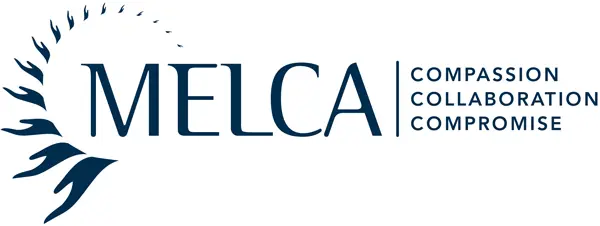There was a time when limbs were amputated without anaesthetic or antibiotics. The survival rate was about 20%, but what choice did a person have?
Then, the changemakers came along. They thought about problems from new angles. Nobody actually knew much about bacteria in those days, but they figured out the connection with infection, and implemented basic hygiene measures. Years later, adding to what was known, other thinkers came up with one of the 20th century’s greatest inventions, antibiotics. This changed the world, increased survival rates, and made all sorts of surgery possible that could not have been contemplated previously, as well as alleviating a range of human illness.
The world can offer up other stunning examples of systems change, in nature and driven by humans. Large scale farming, modern transport, space flight, computing, human rights, climate change, medical imaging, are examples of the high points of practice, which owe their existence to incremental change. Sometimes it is serendipity, sometimes it is a calculated look at a system with an intention to create change, but change is a process.
So what has this got to do with the efforts of Changemakers in the legal system? And who are they?
The Australian legal system was inherited from the Brits, and it was already an evolutionary system then. We have made changes since 1788, notably the removal of corporal punishment and the death penalty, the participation of women, the protection of the rights of people charged with crimes, attempts to fund access to justice, tribunals designed for people to represent themselves, even air conditioning, computers, video screens, carpet and padded seats in court rooms!
What has not fundamentally changed in the legal system is the fact that courts are still quasi colosseums, however prettily dressed up to remove the whiff of blood sport though they might be.
Many lawyers and others who work in the legal system have taken a step back from all of this. They have said that there must be ways to resolve disputes that are more inclusive, healthy, effective, kinder, cheaper, less hierarchical and patriarchal, less about law and evidence (about which the user knows little and cares not at all in many cases). People have found ways to create depth and meaning in life in the “justice system” whilst serving justice and resolving disputes.
Who and where are these Changemakers?
There are many children of the dispute resolution family, all of which have made important changes in the legal system:
the mediators, the collaborators, the co-operative negotiators, the writers of conscious contracts, the designers of the sharing economy, the integraters of social science into legal practice, those using pre-emption, art, design thinking and spirituality in their practices.
People working in these ways come from backgrounds that include law, the social sciences, finance, art and architecture, medicine and philosophy and more. We have seen that the greater the diversity of those who contribute to this conversation, the greater the possibilities.
Exemplar change organisations in Australia include The Centre for Innovative Justice at RMIT, Changemakers in the Legal System, the Centre for Legal Innovation at Australian College of Law, Australian Centre for Justice Innovation at Monash Uni, and internationally, Kim Wright author of “Lawyers as Changemakers” and all those she meets in her book. The international scene has many more Centres for innovation and teaching of dispute resolution.
Does any of this matter to the person in the street?
“Yes”, it does!! Because, like it or not, the legal system is one of the dominant systems in our society, but it need not be fixed in place. Innovations in the legal system to date have happened because of changemakers, individuals and groups, government and non-government. They have happened because people wanted them to happen. Much like changes in medicine, changes to the legal system have been about relieving suffering, accessibility, and have started somewhere. Often that has been simply from conversations that have grown and spread, and been acted on because they made sense.
The history of MELCA was much like that. Three women with lots of experience got together and decided there had to be a better way to help separating families. They had conversations, they found fellow travellers, and within a few short years collaborative teams were working all over Australia. Good ideas spread.
So when you hear or have good idea, remember it has the power to grow and create change. At home, at work, in the world at large. Changemakers are everywhere, and your ideas for change are as worthy as the next person’s. The speed of change in the legal system is slow. It needs all the help it can get to push this stone up a very steep hill. Flex those muscles!


